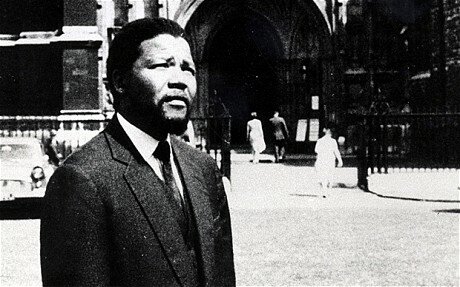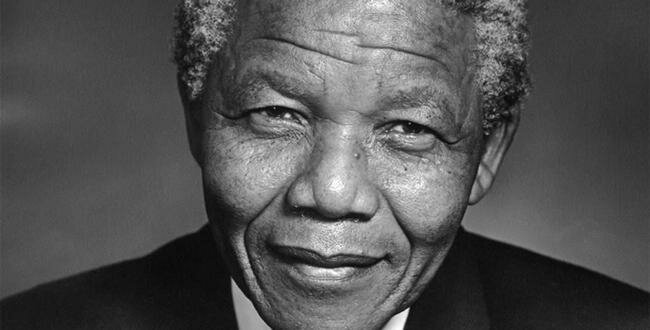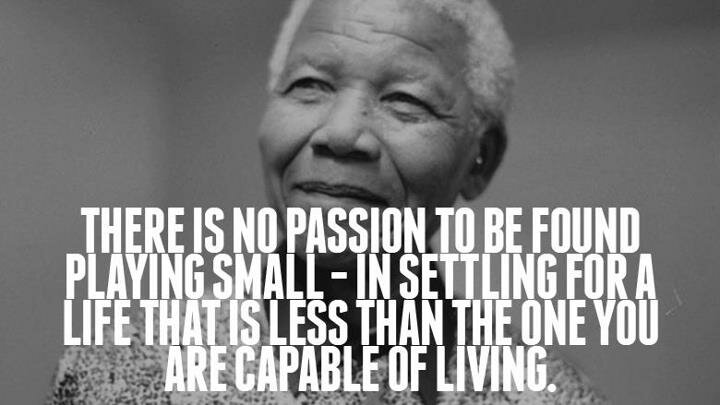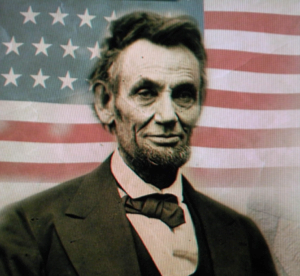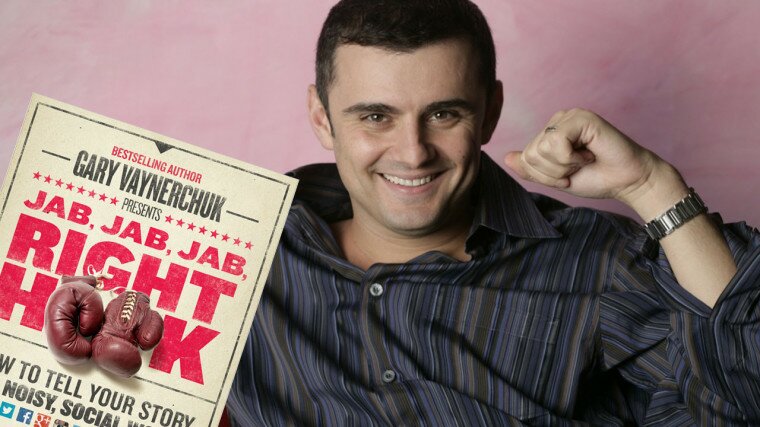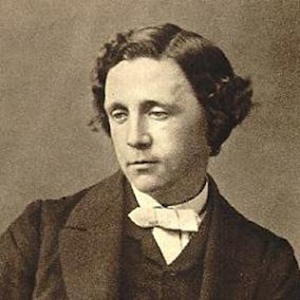Nelson Mandela – The Man Who Influenced His Nation & Changed the World…
The recent announcement of Nelson Mandela’s death has sparked memorials and remembrance in South Africa this week, but here at one life success we want to reflect on the Mandela, his achievements and what his life can teach us.
Biography
Nelson Mandela was born July 18th 1918 in Maveso, Transkei, South Africa. As he grew up, his father was destined to be a chef and served as a counsellor to tribal chefs for years, but lost both his title and fortune over a dispute with the local colonial magistrate. Mandela was only an infant at the time, but this resulted in his mother being forced to move the family to an even smaller village, Qunu, north of Mvezo.
The village was the kind of village you may see on the TV, no roads, just paths, where the people of village live in simple huts surrounded by grassy hills and plains. They ate a local harvest of maize, pumpkin and beans, as this was all they could afford, and water came from the local springs.
Although from such a poor background, Mandela was baptised in a church and became the first in his family to attend school, where he was given the name Nelson, something common of the British educational system in South Africa at the time.
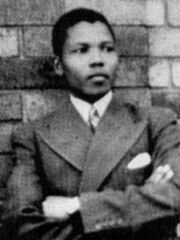 When Mandela was just 9 years old, his father died of lung disease, causing drastic change in his life. He was adopted by Chief Jongintaba Dalindyebo, as a gesture done as a favour to Mandela’s father. Nelson left his carefree life in Qunu and travelled by motorcar to Mqhekezweni, where he quickly adapted to his new surroundings.
When Mandela was just 9 years old, his father died of lung disease, causing drastic change in his life. He was adopted by Chief Jongintaba Dalindyebo, as a gesture done as a favour to Mandela’s father. Nelson left his carefree life in Qunu and travelled by motorcar to Mqhekezweni, where he quickly adapted to his new surroundings.
When Mandela was 16, it was time for him to partake in the traditional African circumcision ritual to mark his entrance into manhood. Circumcision is necessary in African tradition to marry, and inherit a father’s wealth. Mandela welcomed the opportunity to partake in his people’s custom, but his mood shifted during the proceedings when Chief Meligqili spoke sadly of young men.
He spoke of the way they were enslaved in their own country because they’re land was ruled by white men and how they would never have the power to govern themselves. Although Mandela would later say that the chief’s words didn’t make total sense to him at the time, they would eventually come together in his resolve for an independent South Africa.
University & On
In 1939, Nelson enrolled at the University College of Fort Hare (Africa’s equivalent of the University of Oxford of Harvard University), the single and only residential center of higher learning for blacks in South Africa. In his first year he took the required courses there, but focused on Roman Dutch law to prepare for a career in civil service as an interpreter or clerk.
In his second year at the University, Mendela became a member of the student representative council, but later resigned with some conflict after students began a boycott unless a number of their demands were met. He resigned and was expelled for the rest of the year for doing so, with the offer of returning the following year, but only if he agreed to serve on the SRC again.
A few weeks following Mandela’s return home, Regent Jongintaba announced that he had arranged a marriage for his adopted son. Mandela was shocked by the news and felt trapped. He believed that he had no other option and ran away from home, settling in Johannesburg. Here he worked in a variety of jobs (including as a guard and a clerk) and carried on to complete his bachelor’s degree. After this he enrolled at the University of Witwatersrand in Johannesburg to study law.
The African National Congress & Youth League
It was in these years where his big journey would begin and he became actively involved in the anti-apartheid movement, joining the African National Congress in 1942. Within the African National Congress, a small group of young Africans joined together with the aim of transforming the ANC into a mass grassroots movement. They called themselves the African National Congress Youth League.
In 1949 the ANC’s adopted the Youth League’s methods of boycott, strike, civil disobedience and non-cooperation after their old tactics of polite petitioning were ineffective. They’re new policy had the goals of full citizenship, redistribution of land, trade union rights, and free and compulsory education for all children.
For the next two decades, Mandela directed the peaceful, nonviolent acts of defiance against the South African government and its racist policies, and founded the law firm Mandela and Tambo with another student he’d met while attending Fort Hare. Mandela and Tambo provided free and low-cost legal counsel to unrepresented blacks.
In 1956, 150 people including Mandela were arrested and charged with treason for their political advocacy of which they were eventually acquitted. In 1961 however, Mandela began to believe that armed struggle was the only way to achieve change and co-founded Umkhonto we Sizwe, an armed offcut of the ANC, dedicated to sabotage and guerrilla war tactics to end apartheid.
Imprisonment
In 1961, Mandela also started a three-day national worker’s strike, and was arrested for leading it the following year, being sentenced to five years on prison. In 1963, he was brought to trial again, this time along with 10 other ANC leaders and they we’re sentenced to life imprisonment for political offenses, including sabotage.
He was incarcerated ion Robben Island for 18 of his 27 years in prison, in which time he contracted tuberculosis (a contributing factor to his recent death this year) and due to his skin, received the lowest level of treatment from prison workers.
A plot was made in 1981 by the South African government to arrange for Mandela’s escape from the prison, so as to shoot him during the recapture, but the plot was found by British intelligence. In the years following an international campaign for his release was launched.
In 1982, Mandela and other ANC leaders were moved to Pollsmoor Prison and in 1985, President P.W. Botha offered Mandelas release in exchange for renouncing armed struggle. Nelson swiftly and plainly rejected.
Release

With local and international pressure for his release increasing, the government participated in several talks with Mandela but no agreement was found. On February 11th 1990 his released was finally announced following the stroke of Betha which saw him replaced by Fredrick Willem de Klerk. The ANC was also unbanned, restrictions on political groups removed and executions suspended.
Upon release from prison, Nelson urged foreign powers not to reduce their pressure on the South African government for constitutional reform. He told them that while he was committed to working towards peace, the ANC’s armed struggle would also continue until the black majority received the right to vote.
Mandela was later elected president of the African Nation Congress in 1991 and Mandela continued to negotiate with President F.W. de Klerk towards the nation’s first multiracial elections. While South Africans were willing to share power, many Black South Africans wanted a complete transfer of power and negations we’re strained.
South Africa’s First Black President
In 1993, Mandela and President de Klerk were jointly awarded the Nobel Peace Prize for their work and cooperation towards the dismantling apartheid and in 1994 the negotiations between the two prevailed. On April 27, 1994, South Africa’s first democratic elections we’re held and Nelson Mandela was voted in as the country’s first black president on May 10, 1994, at the age of 77. De Klerk became his deputy.
In 1994, Mandela published an autobiography ‘Long Walk to Freedom’ much of which he had written secretly in prison, and from 1994 to 1999, he worked to bring transition from the minority role to black majority rule. He also worked to protect the country’s economy from collapse during these years, funding the creation of jobs, housing and basic health care.
Following Presidency
By 1999’s general election, Nelson Mandela had retired from politics but continued to work hard. He raised money to build schools and clinics in South Africa’s rural heartland through his foundation, and served as a mediator in Burundi’s civil war.
In 2001, Nelson was diagnosed and treated for prostate cancer and in June 2004, at the age of 85, announced his formal retirement from public life. He returned to his native village of Qunu.
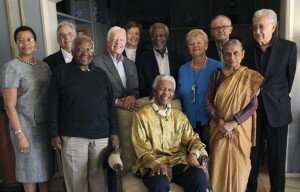
More recently, Mandela brought together a group of world leaders in 2007 (including Jimmy Carter and Mary Robinson) to address some of the world’s toughest issues. The group, named ‘The Elders’ has had impact worldwide, but mainly in the areas of Asia, the Middle East and Africa.
Personal Life
Mandela married three times during his life, the first being with Evelyn Mase with whom he had four children. In 1958 he married Winnie Madikizela with whom he had another two children and in 1998 he married Graca Machel, with whom he remained until his death.
Later Life
Nelsons last public appearance was made at the final match of the World Cup in South Africa in 2010. Since then he has remained out of spotlight and has spent much of his time in his childhood community of Qunu. In 2011, he did however join Michelle Obama on her visit to South Africa.
Following this, Mandela has been hospitalised several times with a lung infection, needing tests and treatment. In 2013, Africa’s president, president Zuma issued a statement in response to the public concern over Mandela’s health scare, saying: “We appeal to the people of South Africa and the world to pray for our beloved Madiba and his family and to keep them in their thoughts”
Death
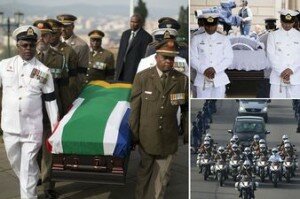 On December 5, 2013, Nelson died at his home in Johannesburg, South Africa at the age of 95. Celebration and memorial of his life broke out across Africa and the South African president released another statement that day saying: “Wherever we are in the country, wherever we are in the world, let us reaffirm his vision of a society… in which none is exploited, oppressed or dispossessed by another.”
On December 5, 2013, Nelson died at his home in Johannesburg, South Africa at the age of 95. Celebration and memorial of his life broke out across Africa and the South African president released another statement that day saying: “Wherever we are in the country, wherever we are in the world, let us reaffirm his vision of a society… in which none is exploited, oppressed or dispossessed by another.”
A memorial was held just 5 days later on the 10th December in the FNB stadium in Johannesburg where thousands of people attended, and world leaders including Barack Obama and South African President Jacob Zuma made speech.
It is clear the drastic impact Nelson Mandela has had not only on South Africa, but also the world in his life. From this and his amazing story of doing it, we can gain many lessons and it is these I will talk about now:
Life Lessons from Nelson Mandela
Listen & Learn
Never in his life did Nelson Mandela jump to conclusions or react with out knowledge. He would liss, learn, consider and think, and then act. And that is something we should all implement in our own lives each and every day.
With lives so busy as they are today, taking the time to listen and learn is often a forget action, but it shouldn’t be. To move forward in our lives, listening and learning is an important skill upon we can act better in the future and create a better life for ourselves and others around us. It is the first lesson we can take away from Nelson Mandela and his ways of life.
Stand for the Greater Good, not just for Personal Gain
Personal gain and in fact even more so personal loss, was never a big influence on Nelson Mandela. Sure, money, assets and luxuries are all nice things but we should never be distracted by them from the truth.
Nelson Mandela stood up for what he felt was the greater good for his country, fearless of the loss he could face and you should to. Wether on the scale of a nation like he did or just the scale of your office or home, standing up for the greater good and your beliefs is always the better option over personal gain.
After all, you can’t take the luxuries with you… but you can leave your footprint and influence on the world and its people who you knew while you we’re still alive. And that’s another lesson from Mandela in it’s self.
Focus On It & Don’t Give Up
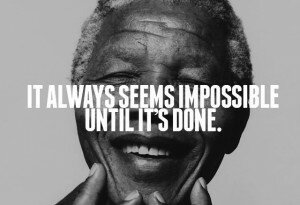 So you have a belief and know its the right one, but that can’t be all. As Mandela did, you cannot only believe in something but you must also act to. You must focus on your belief and act on it relentlessly, never giving up and never allowing anyone to burst your bubble of commitment to the cause.
So you have a belief and know its the right one, but that can’t be all. As Mandela did, you cannot only believe in something but you must also act to. You must focus on your belief and act on it relentlessly, never giving up and never allowing anyone to burst your bubble of commitment to the cause.
If you have a belief then focus and act on it, because you to could have influence upon the world. And I’m sure if Nelson Mandela was still here today, that is what he to would say. He went to jail for his cause, but in the end he won, and left the world and in particular his world of South Africa a better place because of it.
Don’t be afraid to lose, but do be up for the struggle. The struggle to succeed, the struggle to achieve and the struggle to leave a legacy upon your world, one which will also last and make a difference for years to come.
Wrote by Joe Brown
